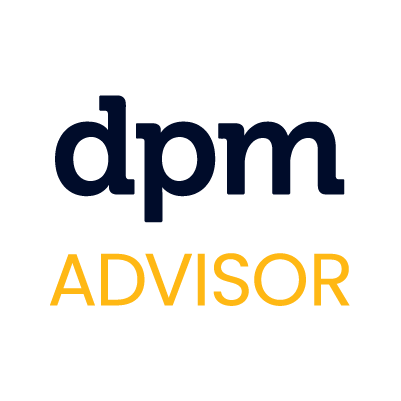A 2022 State of Resource Management survey by Prosymmetry highlights the importance of having a centralized resource management function to reduce project delays. In many organizations, a project management office (PMO) is responsible for reviewing upcoming projects and forecasting available resources.
But, what is your role as a project manager exactly? What’s involved in forecasting and managing the disparate elements needed to successfully deliver projects on time and within the project budget? In this article, I’ll discuss resource management best practices that you can implement.
8 Best Practices For Resource Management
Here are 8 solid tricks of the trade to keep in mind when it comes to project resource management.
- Plan To Create A Strong Foundation
- Schedule, Schedule, Schedule
- Build In Flexibility
- Balance Your Project Resources
- Keep Your Team Members Engaged
- Choose The Right Resource Management Tool
- Document Everything
- Create A Communication Plan
1. Plan To Create A Strong Foundation
Before you get started with a new project, it’s important to plan what people, equipment, and materials you’ll need to deliver project outcomes. Even if you’re inheriting a new project midstream, it’s worth validating your resource plan with stakeholders.
You can employ several project management tools to help you with resource planning. These include:
- RACI chart: This summarizes how you’ll involve stakeholders in key project deliverables by specifying who’s responsible and accountable for each of these activities, plus which stakeholders need to be consulted and/or kept informed in accomplishing the work.
- Project plan: This clarifies the processes and activities required for successful completion and visualizes milestones. Consider using project management software or resource management software when developing such a plan (they're much easier to manage than an Excel spreadsheet).
- Resource loading charts: This helps you see how your team’s availability matches up with project tasks and their target completion dates. Project stakeholders, including project team members, can understand how much time the project takes and where their involvement is necessary.
2. Schedule, Schedule, Schedule
Your project plan might give you a broad overview of where you’re heading—but scheduling gives you the granular level of detail to know exactly how you’re going to make that happen.
You may decide to create traditional tasks with set deadlines for specific elements of your project plan, while for smaller or less complex activities, an informal to-do list without specific deadlines may do the job. This is especially common in agile projects, when you may have less information about tasks that are starting farther in the future.
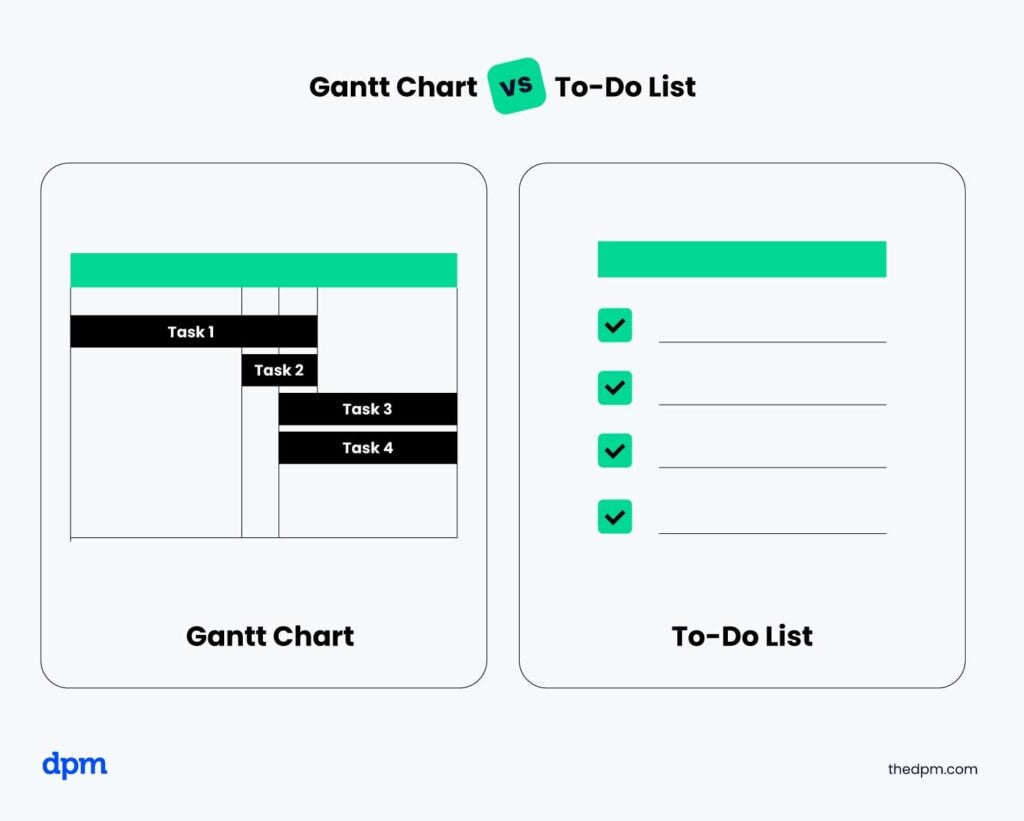
Some projects may require you to track how each team member is spending their time, down to 15-minute blocks, and others will only need a loose estimate of how long you anticipate each task to take. Use time tracking software to see how long each project task takes compared to your estimated baseline. You can use that information to inform future projects and initiatives.
3. Build In Flexibility
Even with the best planning, any project can be delayed by unexpected circumstances. You’ve probably heard of Murphy’s Law: “Anything that can go wrong, will go wrong.” And most project managers know only too well that this can also apply to your resource plan. The problem is you don’t know ahead of time what might go wrong or why.
The key to coping with this uncertainty is to account for the knowledge that something probably will go wrong. Effective digital PMs are able to pivot quickly by building a certain degree of flexibility into their resourcing plans.
It’s better to give a conservative estimate for how long something will take or prepare a contingency in case the developer you need is unavailable—knowing that any additional resource buffer will probably end up being used when you need to resolve something that’s gone off track.
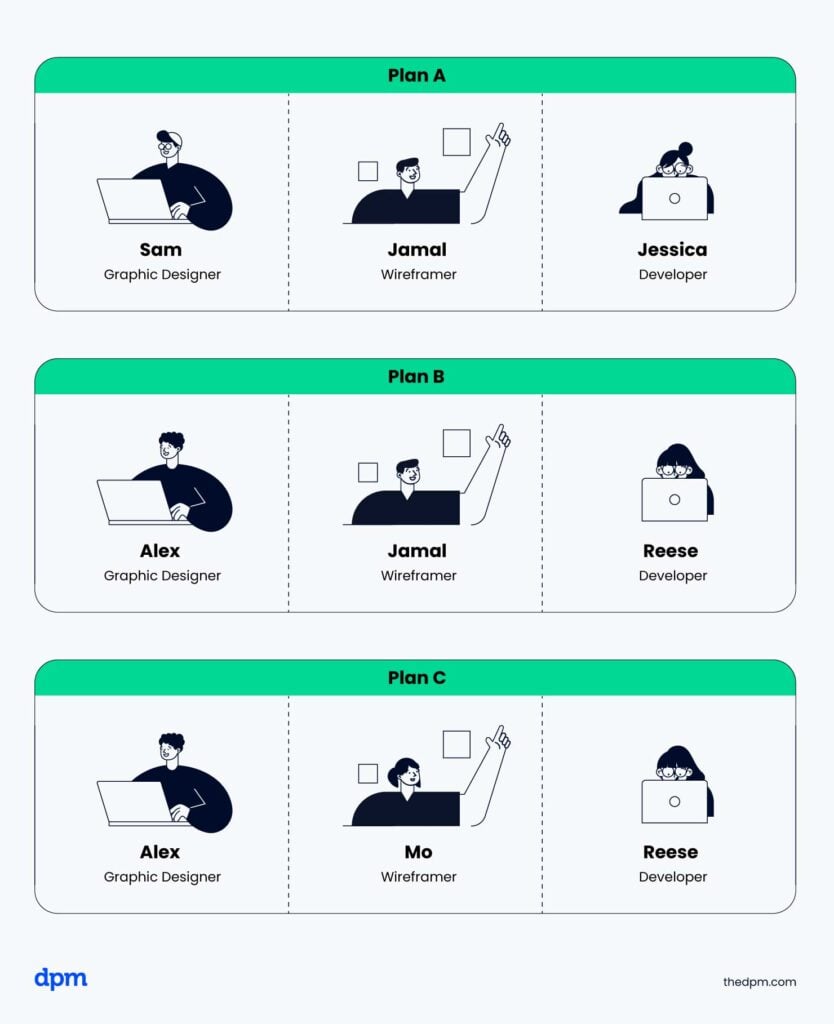
4. Balance Your Project Resources
Ideally, you want your resource capacity to correspond to demand. Otherwise, you may find your team is underutilized and sitting at their desks staring into space with nothing to do one week—then overworked and working late to try and complete project work the next. Over time, stress like this can lead to burnout and impact their perception of your abilities as a project manager.
Capacity planning can help you determine when you’ll need which human resources over a project timeline. Then, you can ensure resource availability matches your resource allocation at the right time.
If something goes wrong, knowing how to readjust and optimize those resources and reduce bottlenecks means you’re more likely to stay on track. You can use techniques, including resource leveling or smoothing, to help rebalance your project.
5. Keep Your Team Members Engaged
It’s unlikely you’ll complete your project on time if your team is unmotivated or unengaged. Successful project management relies on people management more than almost anything else. Therefore, it’s essential that you as a PM know how to communicate, build trust, and lead your team.
For each project, you’ll likely need a cross-functional blend of team members, from front-end developers to UX architects, data scientists, and more. Some team members may work on a project from start to finish, while others will only be responsible for specific deliverables during a certain phase.
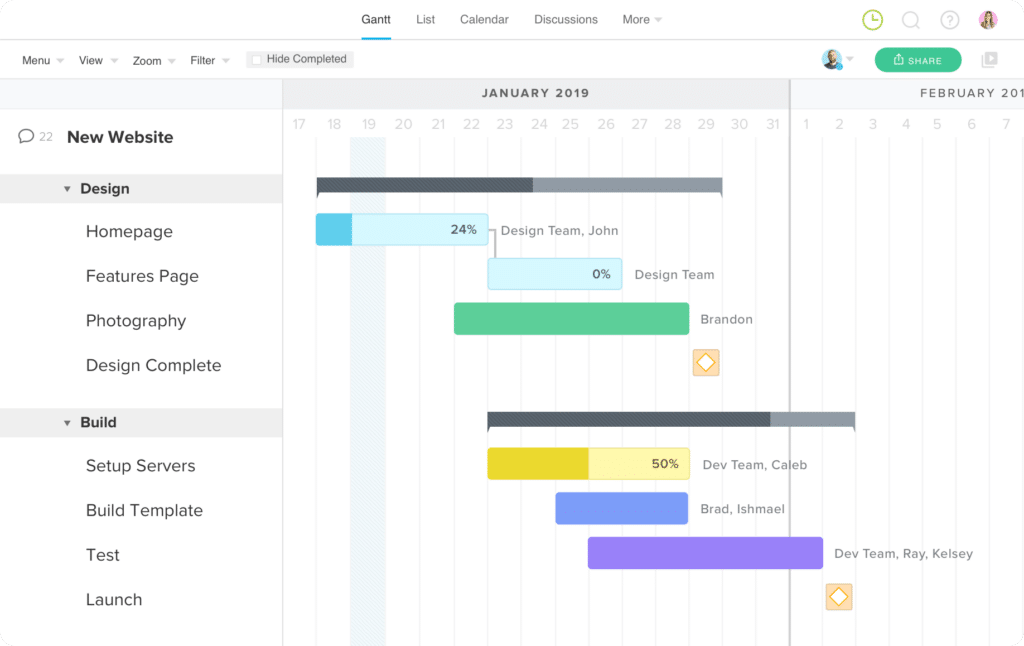
As you’re planning project work, carefully consider which tasks align with each individual’s expertise and strengths. Resource availability is only part of the equation. If team members are working on something they enjoy, they’re far more likely to feel engaged and motivated to perform optimally.
6. Choose The Right Resource Management Tool
There’s a huge array of resource management software options to consider based on project methodology, size, and complexity. Here are some factors to evaluate when selecting the best resource management tool for your project or team:
- Time tracking capabilities
- Predictive resource management functionality: does your organization manage a portfolio of complex projects? If so, choose a tool that is more forward looking about what resources are free when and the budgetary implications as you contemplate future staffing decisions.
- Robustness of reporting capabilities
- UI/UX: is the tool intuitive and easy to use?
- Integration with existing project management software
- Level of effort involved in initial setup
- Cost
7. Document Everything
While you might understand each stage of your decision-making process, project stakeholders may feel a little fuzzy. Keep things crystal clear by documenting the assumptions underpinning your resource management process so that it’s easy for everyone else to understand the logic behind your decisions.
By keeping records of your decisions and openly sharing your processes, it’s easier to gain and maintain stakeholder buy-in. This can help build confidence and show you’re invested in hearing their opinion. And if they query anything and you need to say no, being able to show the evidence behind your decisions reduces doubt and builds trust.
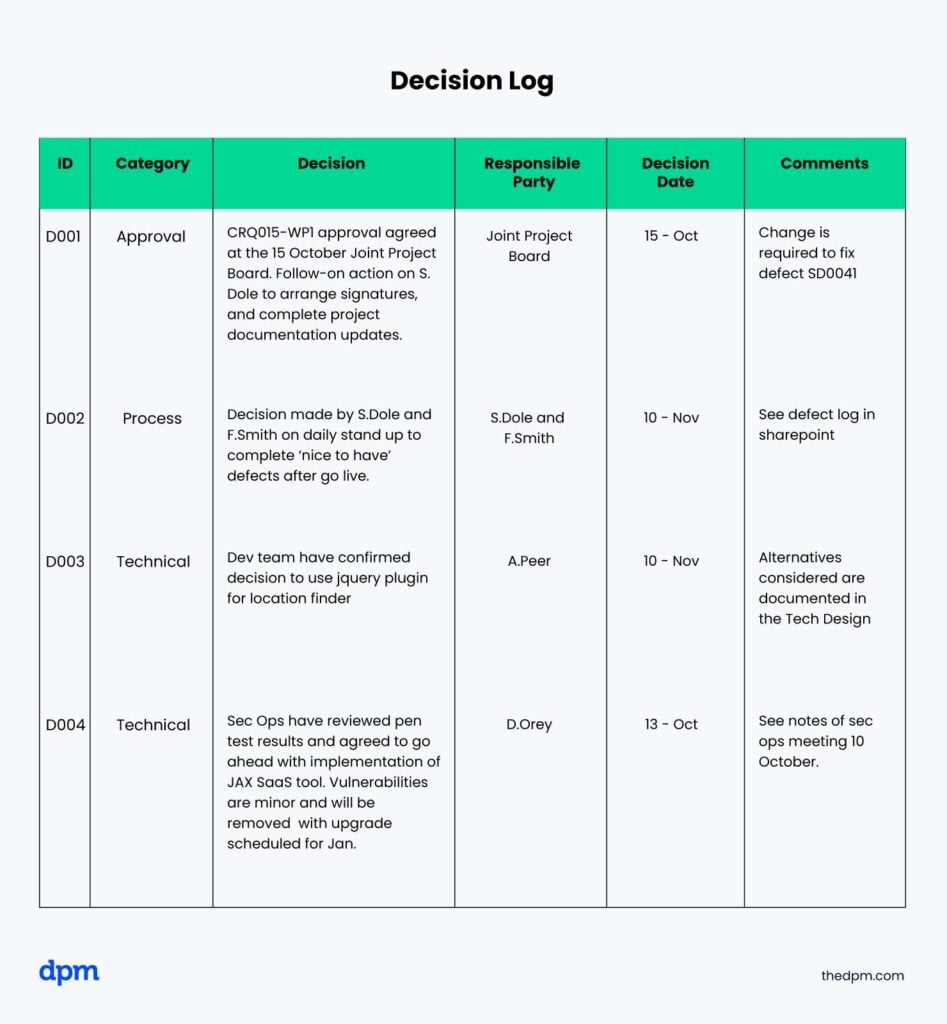
Having templates on hand for meeting agendas also makes it much easier and faster to create a paper trail that documents every stage of your project, especially decisions around resource utilization. These documents can also help when preparing reports, tracking metrics, analyzing profitability, and gaining a high-level view of workflow performance.
8. Create A Communication Plan
When projects fail, poor communication is responsible in 30% of cases. As a project manager, it’s your responsibility to keep project stakeholders and team members apprised of project progress but also offer a forum for discussion of project risks.
Create a communication plan early in the project life cycle to ensure everyone is clear about how to send updates, ask questions, or share ideas.
For example, you might be happy for team members to message you on Slack but prefer to keep external stakeholder communications within your project management software platform. Stating these expectations clearly means everyone knows where and how to reach you.
Also, place a high priority on two-way communication. Find out how your team prefers to receive feedback, as this can help maintain open lines of communication.
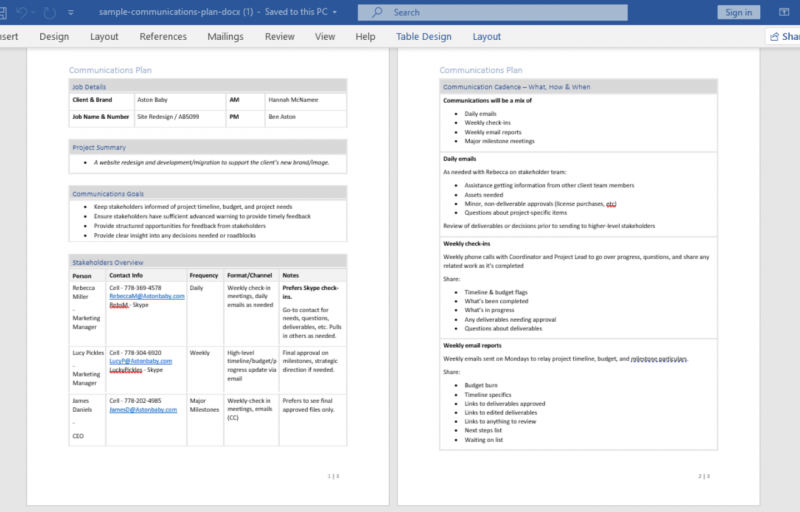
Evaluating Your Resource Management Processes
Effective resource management can sometimes feel like juggling balls and spinning plates—at the same time. The good news is that even though your project deliverables may change from project to project and the specific resources you need to complete each project will vary, the strategies and techniques you need to successfully deliver them often look pretty similar.
It's important to continually evaluate and refine your processes so you can improve them over time. There's not just one way to do things, so remain flexible and adaptable when your project throws you a curveball. Good resource management processes are always changing to find out what works best for the team and the project.
Need expert help selecting the right Project Resource Management Software?
If you’re struggling to choose the right software, let us help you. Just share your needs in the form below and you’ll get free access to our dedicated software advisors who match and connect you with the best vendors for your needs.
What’s Next?
Want more resource management best practices? Join DPM membership and get access to the conversation in Slack with 100s of other digital project managers!


